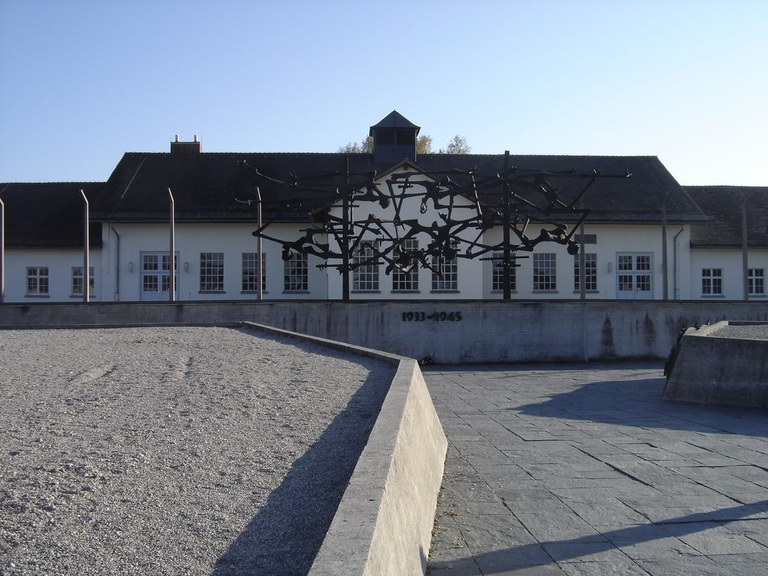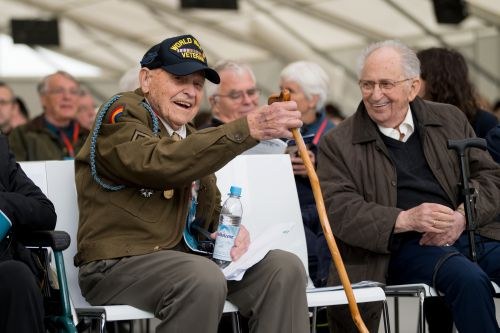Dachau Concentration Camp Memorial Site

Shortly after Adolf Hitler´s appointment as Reich Chancellor, the Nazi regime established a concentration camp in Dachau in March 1933, which was originally intended for political opponents. It became the 'model ' for subsequent camps.
Until liberation in April 1945, more than 200,000 people from over 40 nations were imprisoned in the Dachau concentration camp and its 140 subcamps They were persecuted for political, “racial” and "social hygiene" reasons. One in five died of starvation, disease or SS terror.
The Dachau Concentration Camp Memorial Site was opened in 1965 on the initiative of survivors, first of all of the Comité International de Dachau. The Memorial Site aims to provide historical and civic education while fostering international encounters and is dedicated to the memory of the victims of Nazi persecution. In addition to a main exhibition on the history of the Dachau concentration camp, special exhibitions on a diverse array of themes are held at regular intervals, while a multifaceted educational and event programme is also available. Various religious and non-religious memorials also exist on the grounds. Much is planned for the coming years, with extensive renovation work due, exhibitions to be redesigned und updated, and further buildings from the former camp integrated into the Memorial Site.
For further details click here.
2025 - 80th anniversary of the liberation
On 29 April 2025, the ceremonies commemorating the 80th anniversary of the liberation of Dachau concentration camp started with the dedication of the memorial plaque in honor of the 45th Division of the 7th US Army and the staged reading „But it was true – we were free.“ Recordings of the events are available here.
On 4 May 2025, the central commemorative ceremony took place at the Dachau Concentration Camp Memorial Site. Almost 1,700 guests from all over the world joined survivors, liberators and political representatives to commemorate the 80th anniversary of the liberation of Dachau concentration camp. After religious commemorations and a moving ceremony at the former crematorium - with speeches by survivor Mario Candotto (“I was a number here”) and by Dachau's Lord Mayor Florian Hartmann - the guests gathered for the central commemorative ceremony in the tent on the former roll call square.
The guests were welcomed by the Director of the Concentration Camp Memorial Site Dr. Gabriele Hammermann and Foundation Director Karl Freller. Speakers included the President of the German Bundestag, Julia Klöckner, the Bavarian State Minister for Family, Labor and Social Affairs, Ulrike Scharf, the President of the Bavarian State Parliament, Ilse Aigner, the liberator Bud Gahs and the survivors Jean Lafaurie, Abba Naor and Leslie Rosenthal. The ceremony ended with a wreath commemoration at the International Memorial.
Many speakers urged to remember the lessons of history and to stand up against exclusion and hatred. The large turnout on this day underlines how important it remains to remember.
The central commemorative ceremony was broadcast live on BR television and can be watched here (German only). Please find here the speech of Karl Freller, Director of the Foundation (German only).

Inhaltspezifische Aktionen
